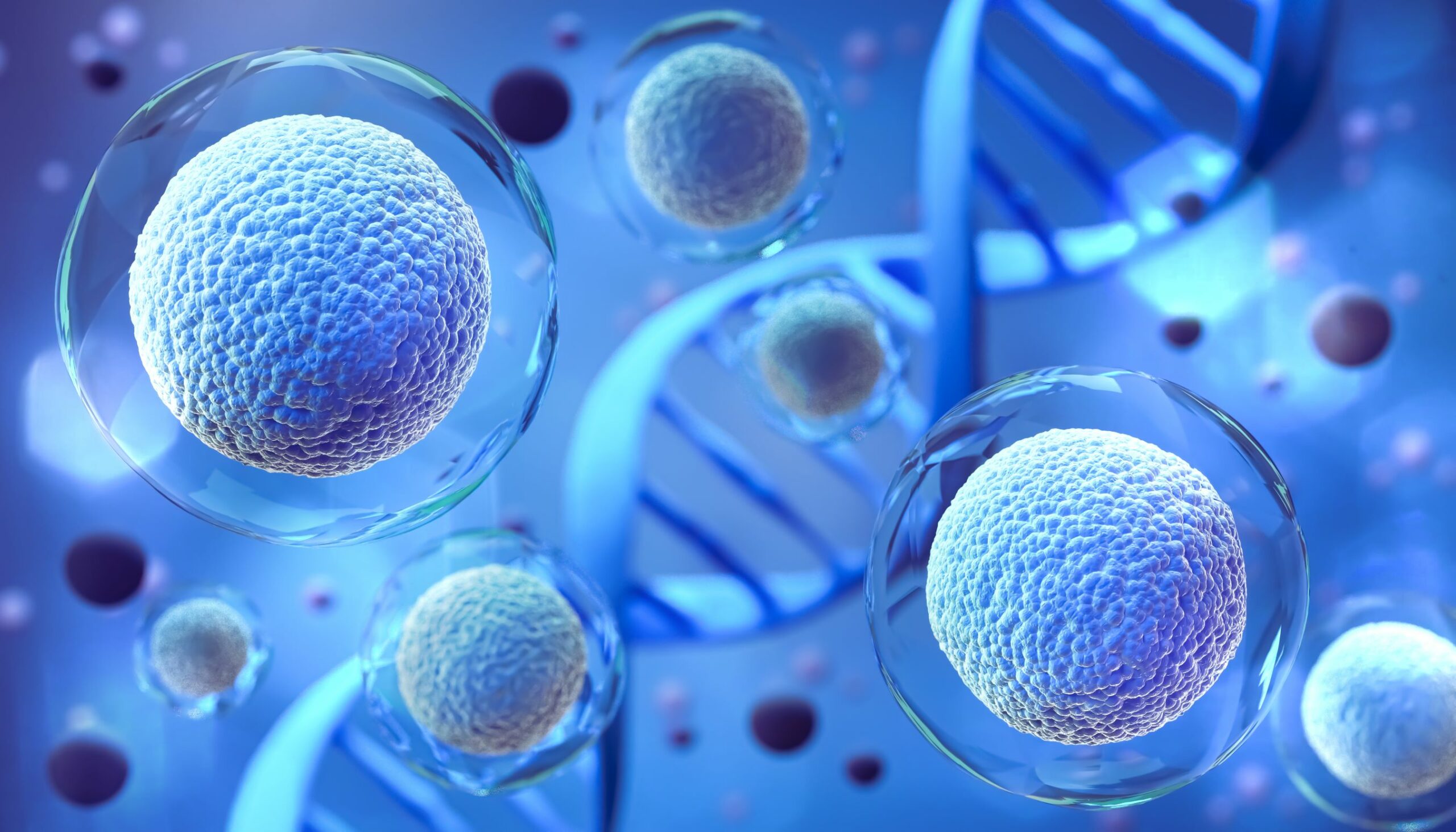What is Cell Therapy?
A graft is a piece cut from one plant and fixed to another to make it grow there roanokefarmers. A
graft can also be an operation to replace or repair damaged tissue in the body.
Doctors use grafts to treat diseases like cancer and other conditions. They are also
researching how to use grafts in place of drugs to treat disease.

A stem cell is a type of cell that has the ability to become different kinds of cells and
tissues in the body. It can also help control blood flow and other processes roanokefarmers.com. Stem
cells are often found in the bone marrow, blood and other organs. They can also be
grown in a laboratory to produce new cells for transplant.
The FDA recommends that people who are considering any kind of cell therapy
contact their health care provider to make sure that the treatment is either FDA-
approved or being studied in a well-controlled human study called a clinical trial.
Unscrupulous providers advertise bogus or unsafe cell treatments.
In cellular therapies, doctors remove immune system cells from the patient or a
donor and then genetically change them to better target cancer cells. Then they put
the modified cells back into the patient to fight the cancer. This type of treatment
has shown great promise for treating blood cancers, such as leukemia and
lymphoma.
To make this type of therapy work, researchers must develop cells that can survive
and proliferate (grow) in the body after they’re transplanted and that differentiate
into the specialized cells needed for different tissues. Then they must find ways to
introduce the specialized cells into the patient without damaging the healthy cells
already there or causing a rejection reaction by the immune system.

In the past, scientists have used bone marrow transplants to treat certain types of
blood cancers. During this procedure, the blood-forming stem cells in the patient’s
bone marrow are destroyed by chemotherapy and then replaced with healthy blood-
forming stem cells from a donor. More recently, doctors have used a similar strategy
to treat other diseases with promising results.
One example is chimeric antigen receptor T-cell therapy, or CAR T-cell therapy. This
is a very complex and specialist treatment. A specialist collects T cells from the
patient, makes a small change to them in the lab and then gives them back to the
patient as a drip into the bloodstream. The reprogrammed T cells recognise and
attack the cancer cells. This type of immunotherapy is now available as a possible
treatment for some children with leukaemia and adults with lymphoma. It is also
being tested in other cancers as part of a clinical trial.
In the future, researchers hope to use reprogrammed cells to treat more types of
cancer and other diseases. This will require that they identify molecules that are
found mostly on cancer cells but not in healthy cells and then design cells that can
recognize and attack those molecules. It will also be necessary to figure out how to
make a large number of these cells that can persist in the body and overcome a
tumor’s ability to hide from the immune system.




